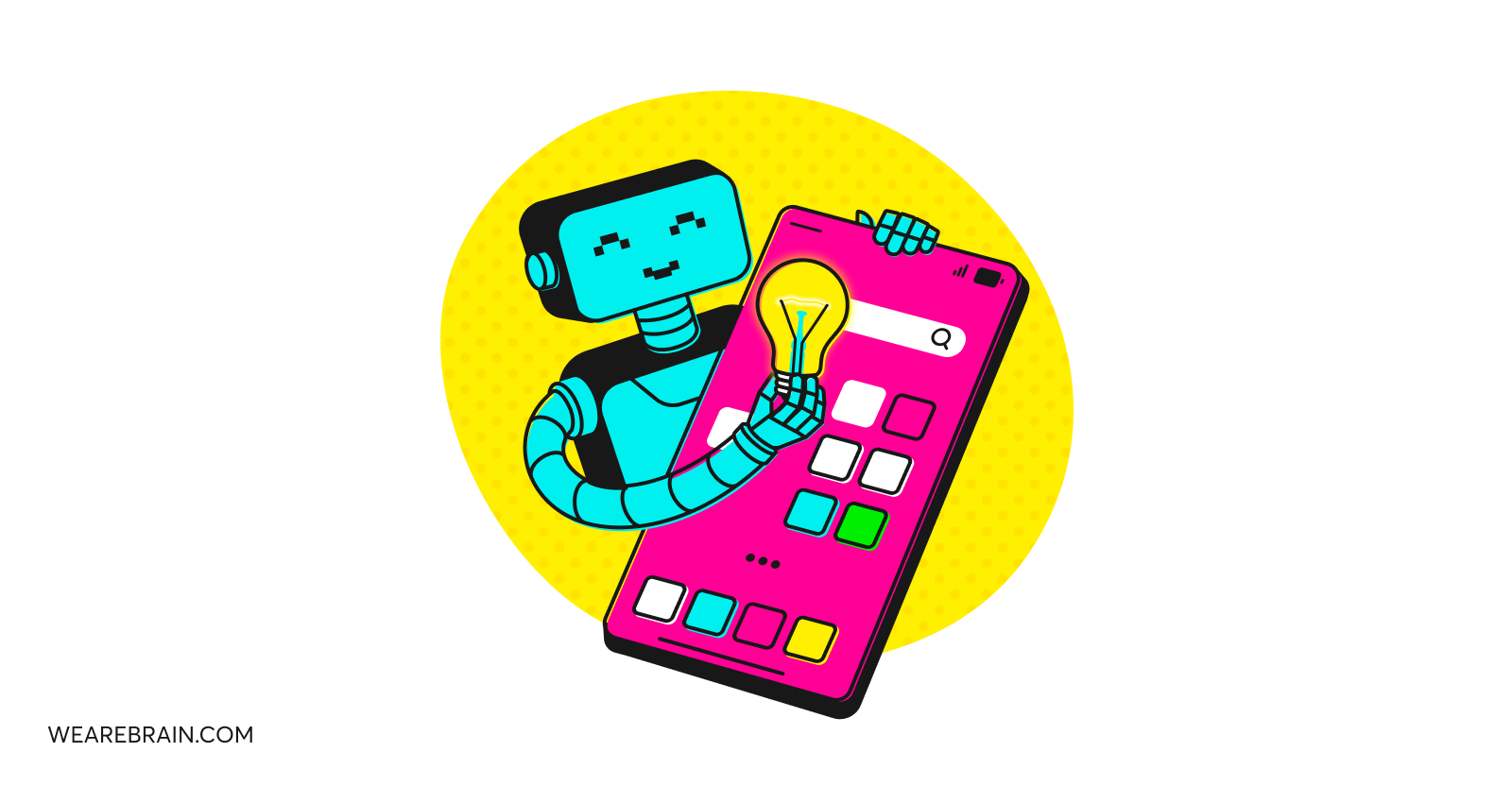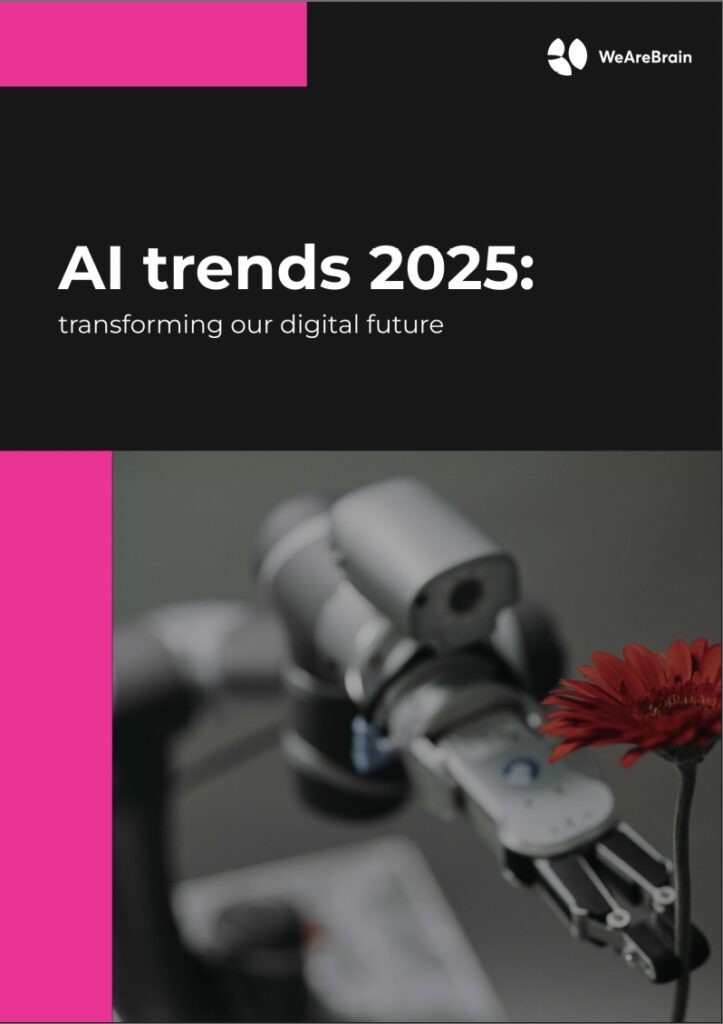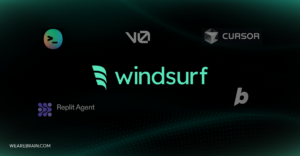Building an app with AI: V0 + Cursor AI

App development was once the exclusive domain of seasoned engineers, but now, AI is breaking down barriers. Tools like v0 and Cursor AI are democratising the app development process, enabling non-developers and entrepreneurs to get involved in ways they never thought possible.
While these tools don’t completely remove the need for technical expertise, they offer exciting possibilities for rapidly building mockups, prototypes, and MVPs (Minimum Viable Products).
Here, we’ll explore how you can leverage v0 for creating front-end designs and Cursor AI to generate and edit code—without needing to write it yourself. This isn’t a full-fledged tutorial, but it’s an inside look at how these tools are evolving and why developers and non-developers alike should take note.
Why AI and no-code tools matter
In the past, building an app from scratch required deep programming knowledge, hours of effort, and often significant capital to hire a team of developers. But with AI-driven tools and no-code platforms, the barriers are being lowered, allowing more people to participate in app creation. This is great news for entrepreneurs who want to validate an idea quickly, as well as for developers looking to streamline the initial stages of a project.
v0’s no-code functionality and Cursor AI’s integration with Claude.ai have changed the game by providing automation and intelligent assistance. You’re still going to need to understand software development fundamentals (or have someone on your team who does), but AI can take you a long way toward building a functional app.
Step 1: Creating your UI with v0
One of the key components of any app is its User Interface (UI)—how users interact with the app visually. This is where v0 steps in. It’s an AI-driven tool designed to help you create front-end designs by simply describing what you need in plain language. While v0 won’t give you a production-ready design, it can certainly help you mock up an MVP quickly.
How it works
To get started with v0, you’ll need to prompt the AI with the features, design elements, and functionalities you want. The magic lies in how you communicate your ideas to the AI. Want a homepage with a navigation bar, call-to-action buttons, and a footer? Just tell v0, and it will generate a basic design for you. From there, you can iterate on the design until you have something closer to what you’re envisioning.
Example prompts:
- “Create a homepage layout with a navigation bar at the top, three sections for content, and a footer with social media icons.”

- “Design a login screen for a mobile app with fields for username, password, and a login button at the bottom.“

With each prompt, you can refine your design until you’re satisfied. Once you have a mockup that you’re happy with, you can save the images and code to use later when working in Cursor AI. Note that all the code generated is in React and Tailwind CSS as your app will be built using Next.js framework.
Iteration is key
Keep in mind that the first design you get won’t be perfect. You’ll need to go back and forth, making adjustments based on your preferences or feedback from others. v0 keeps all versions and iterations to make it easier. While this might sound tedious, it’s much faster than coding a front-end UI from scratch.
Save your work
When you’re happy with your UI design, make sure to export or save the generated code and images. These will be essential when you move to the next phase – coding with Cursor AI.
🔍 AI-assisted development is moving fast. Want to see what’s coming next? Our AI Trends 2025 report covers the latest shifts in AI-powered coding and automation. Get your copy at the end 👇
Step 2: Setting up Cursor AI
Now that you have your UI in place, it’s time to work on the backend and bring your app to life. This is where Cursor AI comes in. Cursor AI is a code-generation tool that helps you write and debug code based on simple prompts, meaning you don’t need to be a coding expert to create a functioning app. However, you still need coding knowledge to know what you’re doing. This is why Cursor AI is used predominantly by coders to work more efficiently and debug quickly.
Create a project
To begin, create a new project in Cursor AI. You’ll have the option to enable the Composer feature, which uses LLMs like Claude AI and GPT-4o to assist with prompts, offering deeper insights and assistance when coding. This is especially helpful when dealing with more complex functionalities or debugging.
Choosing a framework
Most web and mobile apps today are built on development frameworks, which are essentially pre-packaged sets of tools and components that make building apps easier. If you’re not familiar with them, here’s a quick rundown:
- Next.js: A React-based framework popular for building web apps.
- React Native: Used to build mobile apps that run on both iOS and Android.
- Vue.js: Known for its simplicity and flexibility in web development.
Some like to start with a Next.js project template in Cursor AI. These templates give you a solid foundation to build on, especially when integrating the code generated by v0 into your app.
It’s important to note that v0 creates code based on shadcn/ui, which is a component library that helps you reuse already existing components on Next.js projects. If you’re following this method, then you will need to install shadcn/ui in Cursor AI and then paste the code from v0.
Tip: Use templates to accelerate development
Starting with an already-made template reduces the amount of manual setup required. In most cases, all you need to do is customise the components and connect the UI elements you created earlier.
Step 3: Writing code with Cursor AI and Claude
Once your project is set up, you’ll start using Cursor AI to generate code. Based on the prompts you provide, Cursor AI can write the code for both front-end and back-end functionalities. If you’re working with the UI code generated by v0, simply upload or copy that code into Cursor and start building out the functionality.
Iterate and debug
App development is rarely linear, and you’ll undoubtedly run into bugs or issues along the way. Luckily, Cursor AI’s Composer tool is designed to help you debug. By providing information about the issue you’re facing, Cursor can generate solutions or suggest edits to your existing code.
For example, if the login screen you designed with v0 isn’t working as expected, you can describe the problem in Cursor, and it will offer potential fixes.
Example prompts:
- “Add a login authentication API to this form.”
- “Debug the button click event on the homepage so it routes to the correct page.”
- “Optimise the loading time of the app.”
It’s an iterative process, but it allows you to get closer and closer to a functional MVP.
What’s the end result?
After spending time iterating on both the front-end and back-end, you’ll have a working prototype of your app. It might not be production-ready or optimised for thousands of users, but it serves as an excellent proof of concept. You can take this MVP to investors, potential users, or developers who can help refine it further. For brave enough entrepreneurs with more technical knowledge about setting up servers, domains, and even some marketing, you could go ahead and launch it yourself to see if it’s a good market fit.
Pros and cons of building apps with AI tools
While these AI tools are incredibly powerful, they are not a magic solution that will turn you into an app developer overnight. Here’s a look at the advantages and limitations of using v0 and Cursor AI.
Pros:
- Speed: AI tools drastically reduce the time it takes to move from idea to prototype.
- Cost efficiency: For startups or entrepreneurs, these tools provide an affordable way to test ideas without hiring a full development team.
- Lower entry barrier: Non-technical founders can create functional prototypes, helping them move from ideation to development more efficiently.
- Streamlined UI design: v0 makes UI mockups accessible to people without design experience or knowledge of design tools.
Cons:
- You still need technical knowledge: While AI can assist with coding, understanding web development frameworks, project libraries, and debugging remains important.
- Reliance on AI: If you run into complex coding issues, you may still need an experienced developer to review and refine the AI-generated code.
- Limited scalability: AI-generated apps might not scale well. If your app gains traction, you’ll likely need to rethink the tech stack to ensure it can handle growth.
- Not suitable for complex projects: These tools are great for MVPs but may fall short when building apps with complex business logic or performance requirements.
Final thoughts
AI tools like v0 and Cursor AI are revolutionising the way we think about app development. They lower the entry barrier, allowing more people to turn their ideas into functioning prototypes without needing extensive coding knowledge. However, you’ll still need developers to ensure the final product is robust, scalable, and optimised.
But remember—building an app is still a collaborative process. Even with AI, having the right team and expertise will take you from a basic prototype to a successful app in the marketplace.
Looking to turn ideas into scalable solutions?
At WeAreBrain, we love taking on tough challenges and turning them into smart, seamless solutions. Our team of expert engineers and developers works across all the key areas to deliver services tailored to your business needs. Whether it’s frontend, backend, mobile, or AI, we’ve got the creativity and skills to handle the tech side of things, so you don’t have to.
Get in touch to start brainstorming.
AI is changing how software is built. More automation, better coding tools, and smarter AI assistants. Our AI Trends 2025 report explores what’s next👇

Enter your email to download the AI Trends 2025 Report instantly.
By filling out your email address you consent to receive WeAreBrain’s newsletter with its latest news. WeAreBrain does not share or sell your personal information.
Dmitry Ermakov
Working Machines
An executive’s guide to AI and Intelligent Automation. Working Machines takes a look at how the renewed vigour for the development of Artificial Intelligence and Intelligent Automation technology has begun to change how businesses operate.







